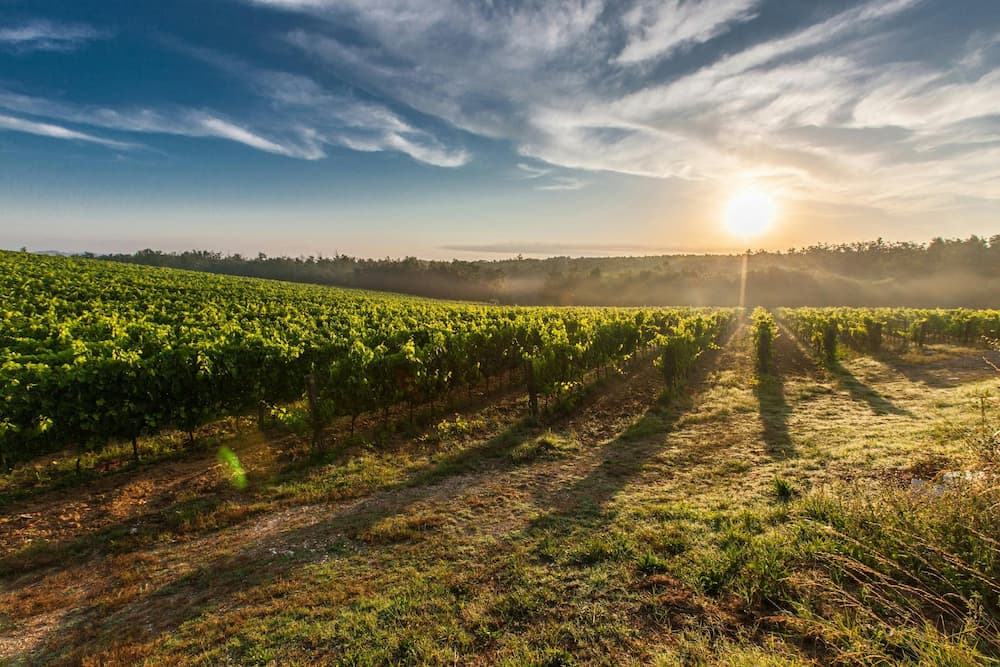Wineries


Wineries taking a lead water treatment

Maintaining the Winery Aesthetic Experience
The winery’s ponds serve dual purpose: storing wastewater for reuse or eventual release into the environment, and decorative appeal within a winery’s bucolic settings. Visitors enjoy the look of a pond nearby the vines.

Compliance with Stricter Regulations
Strict regulations such as newly passed legislation in California, enforced by the state’s Water Resource Control Board, set specific requirements for water treatment. They require new approaches and equipment for water monitoring and treatment.

Protect infrastructure and the bottom line
Algae and biofilm can even clog and damage infrastructure such as pipes and filters that cycle water. Still, wineries can’t simply raise prices to cover the cost of treatment, especially when they are competing in markets that don’t have the same regulations.
Traditional solutions to eliminating algae fall short

Ultrasound eliminates algae in winery ponds







